
How to Choose Made Chairs: Insights from the 2023 Furniture Market Trends
Selecting the right made chairs for your living space can be a daunting task, especially with the plethora of options available in today's furniture market. As trends evolve and consumer preferences shift, it becomes increasingly important to stay informed about the latest developments that influence style, comfort, and functionality. The 2023 furniture market has seen notable innovations and a resurgence of timeless designs, offering a diverse range of made chairs that cater to different aesthetic tastes and practical needs. This guide will provide you with key insights and expert tips on how to choose the perfect made chairs that complement your home, ensure comfort, and reflect the current design trends. Whether you're redesigning a room or simply looking for an upgrade, understanding the nuances of made chairs will empower you to make informed decisions that enhance your living environment.
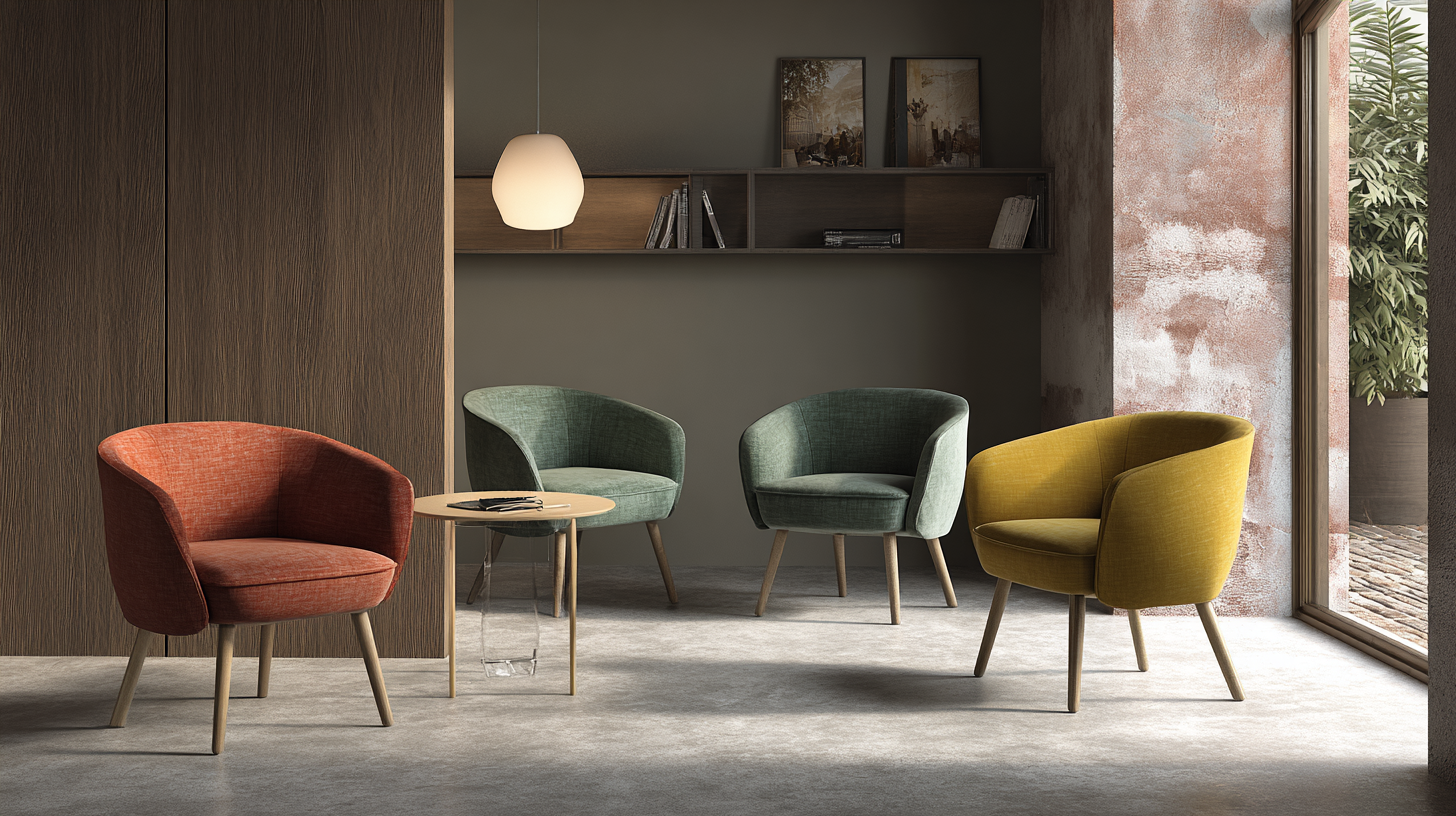
Understanding the Latest Trends in Chair Design for 2023
In 2023, chair design is heavily influenced by the overarching themes of comfort, nature-inspired aesthetics, and sustainable materials. Industry professionals note that consumers are increasingly gravitating towards ergonomic designs that prioritize wellness. A recent report highlights that over 60% of consumers prefer furniture that not only enhances their living spaces but also contributes positively to their health and well-being. This shift mars a departure from purely aesthetic choices, emphasizing the importance of functionality and comfort.
Additionally, the trend of incorporating natural elements into furniture design remains strong. As homeowners seek to bring the outdoors inside, chairs that reflect earthy colors and organic shapes are becoming increasingly popular. The “tiny” chair decor trend showcases this movement, encouraging buyers to embrace nostalgic, compact designs that can easily be sourced from local thrift stores. With sustainability at the forefront, manufacturers are focusing on eco-friendly materials, aligning with a broader industry push towards responsible production methods. In fact, reports suggest that up to 75% of consumers are willing to pay a premium for sustainably made furniture, reflecting a growing environmental consciousness that is shaping the 2023 market landscape.
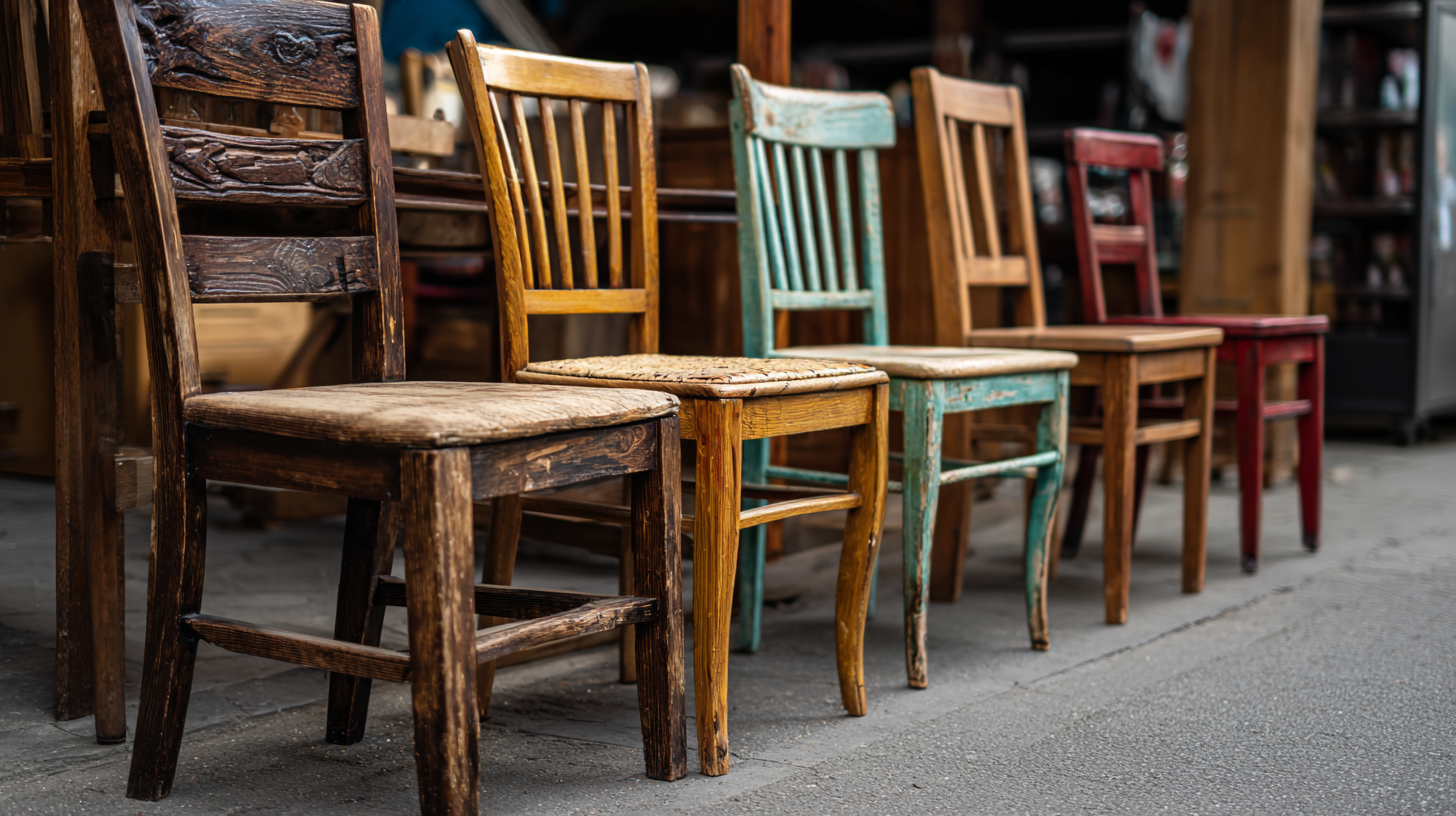
Key Materials to Consider When Choosing Your Made Chairs
When selecting made chairs, understanding the key materials plays a crucial role in both aesthetics and durability. One of the most popular materials in 2023 is sustainable wood, which not only adds a natural warmth to interiors but also aligns with the increasing consumer demand for eco-friendly products. Reclaimed wood, in particular, has gained traction, offering a unique character and story while minimizing environmental impact. The trend emphasizes craftsmanship and quality, making wood an excellent choice for those seeking longevity in their furniture.
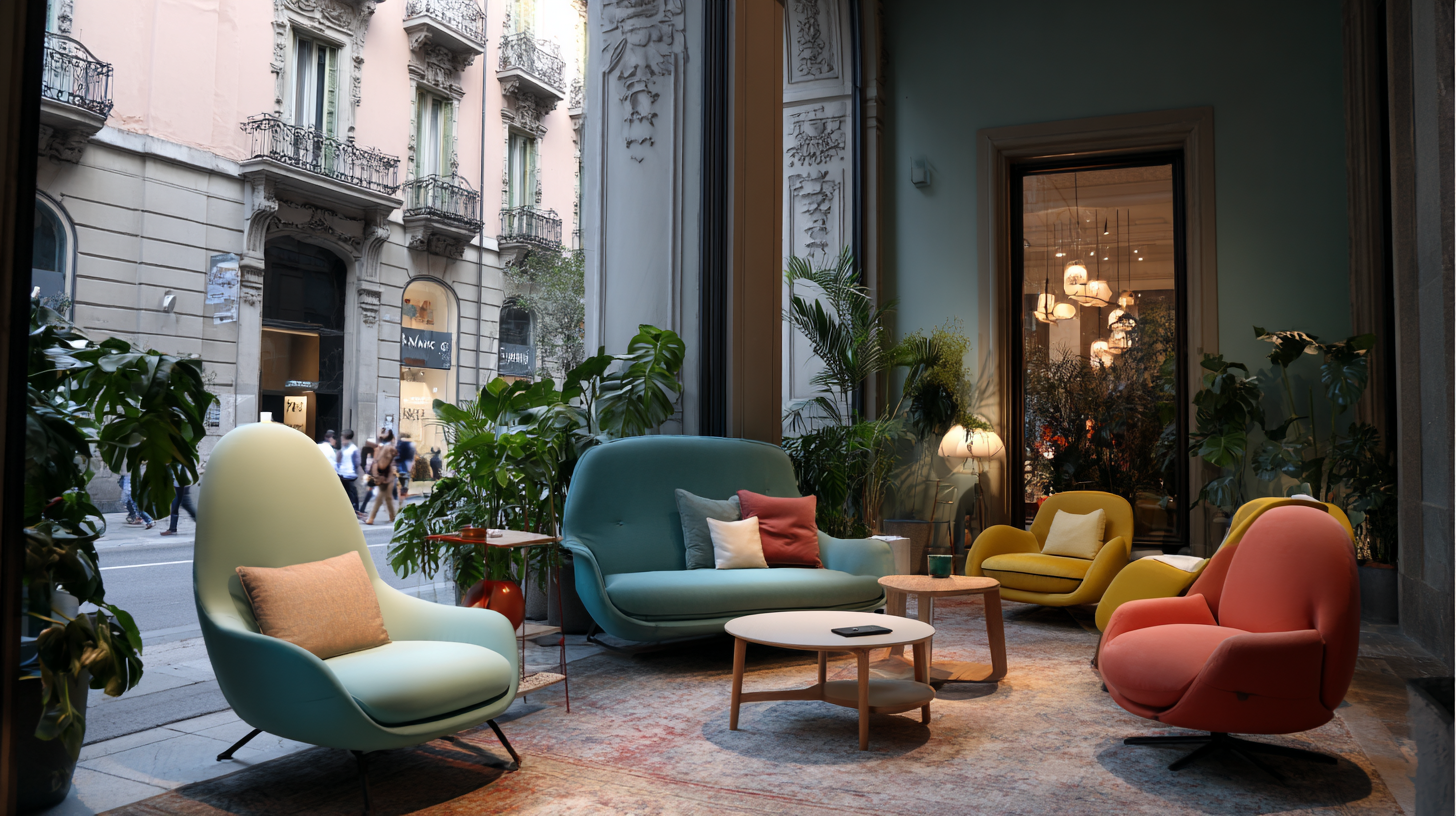
Another noteworthy material is metal, particularly in contemporary designs where sleek lines and minimalist forms are favored. Aluminum and stainless steel are both lightweight yet durable, making them ideal for various settings, from modern homes to outdoor spaces. Additionally, fabric choices such as recycled polyester and natural fibers like linen enhance comfort and contribute to a more sustainable lifestyle. Ultimately, when choosing made chairs, considering these materials not only elevates the design but also reflects a commitment to responsible consumption and lasting quality.
Analyzing Ergonomics: Finding the Perfect Fit for Comfort
When choosing office chairs, comfort is paramount, particularly in the context of current furniture market trends that prioritize ergonomics. Recent insights reveal that a well-fitted chair can significantly enhance productivity and reduce workplace fatigue. Studies indicate that ergonomic chairs, which adapt to the user’s posture, can decrease the risk of discomfort-related health issues by up to 50%. This reflection on comfort draws parallelisms with findings from recent analyses of hand-held device ergonomics, suggesting that just as controllers must fit comfortably in a user's hand, office chairs must be tailored to accommodate various body types.
**Tips**: When selecting a chair, pay attention to lumbar support and seat depth. A chair that allows you to maintain an optimal ergonomic posture and prevents slouching can markedly improve your comfort during long working hours. Opt for adjustable features that accommodate your specific needs, such as height and tilt adjustments.
Moreover, consider the material of the chair, as it plays a critical role in comfort. Breathable fabrics can significantly improve the microclimate around the seating area, reducing sweat and discomfort during long use. Incorporating recommendations from ergonomic studies can lead to more informed choices, ultimately elevating your seating experience while minimizing health risks associated with poor ergonomics.
How to Choose Made Chairs: Insights from the 2023 Furniture Market Trends
| Feature | Importance Rating (1-10) | Market Trend (%) | Preferred Materials | Consumer Feedback (%) |
|---|---|---|---|---|
| Adjustable Features | 9 | 60 | Mesh, Leather | 85 |
| Lumbar Support | 10 | 55 | Memory Foam, Fabric | 90 |
| Seat Depth | 7 | 50 | Foam, Synthetic Upholstery | 75 |
| Armrest Height | 8 | 45 | Wood, Plastic | 70 |
| Sustainability | 6 | 40 | Recycled Materials | 65 |
Color and Aesthetic Trends in 2023 Furniture Market
Navigating the 2023 furniture market reveals distinct color and aesthetic trends that are shaping consumer preferences and design choices. As sustainability takes center stage, the integration of Zen aesthetics into furniture design offers a serene, minimalist approach that resonates with environmentally-conscious consumers. This method emphasizes natural materials and simple forms, promoting a harmonious living space. A recent study highlights how the application of these principles not only enhances the visual appeal but also aligns with sustainable practices, creating a win-win for elegance and eco-friendliness.
In 2023, several color trends are emerging as favorites among designers and consumers alike. Earthy tones and muted pastels are gaining popularity, reflecting a desire for calmness and connection to nature. Notably, color experts suggest that warm neutrals will dominate in both residential and commercial spaces, guiding consumers towards a more personalized home aesthetic. As you consider your next furniture purchase, remember these tips: choose colors that create a cohesive look throughout your room, and don’t be afraid to mix textures for added dimension. By keeping these trends in mind, you can elevate your space to reflect the latest in furniture design while staying true to your style.
Evaluating Sustainability: Eco-Friendly Choices in Chair Production
When choosing chairs in light of the 2023 furniture market trends, evaluating the sustainability of materials and production processes is crucial. The rising interest in bioplastics is a notable development, as they offer an eco-friendly alternative to conventional plastics. Research indicates that bioplastics, which are produced from renewable resources, can significantly reduce the carbon footprint associated with traditional plastic production. Moreover, they often possess the ability to biodegrade, minimizing their impact on landfill waste and oceans.
Additionally, the movement towards recycled plastic furniture is gaining traction, demonstrated by a comprehensive evaluation framework recently developed for assessing the sustainability of such designs. This framework integrates machine learning models to enhance decision-making in selecting environmentally friendly furniture. According to a life cycle analysis of furniture manufacturing, eco-friendly strategies can lead to substantial reductions in water and energy consumption throughout production phases. By incorporating these sustainable practices, consumers not only contribute to environmental preservation but also support longevity and effectiveness in furniture design.
2023 Furniture Market Trends: Chair Production Sustainability
This chart illustrates the percentage of sustainable materials used in chair production across different categories in the 2023 furniture market. The data reflects the increasing emphasis on eco-friendly choices within the industry.
Related Posts
-

Common Issues Faced with Casual Dining Chairs and How to Overcome Them
-

The Ultimate Guide to Choosing the Perfect Bedroom Furniture for Your Dream Space
-

Exploring Unique Styles: Innovative Wood Dining Chairs for Every Taste
-

How to Choose Living Room Chairs that Enhance Comfort and Style Based on Consumer Trends
-
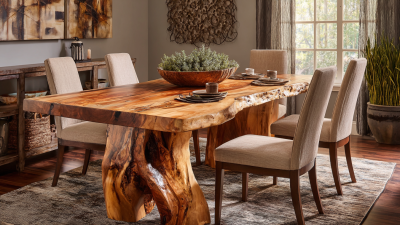
2025 Trends in Best Real Wood Dining Tables You Need to Know About
-
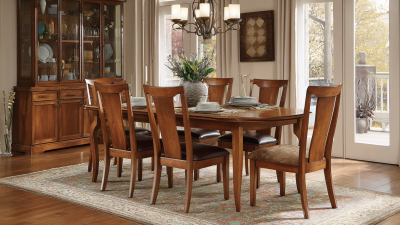
Ultimate Guide to Comparing Dining Table and Chair Sets for Global Buyers